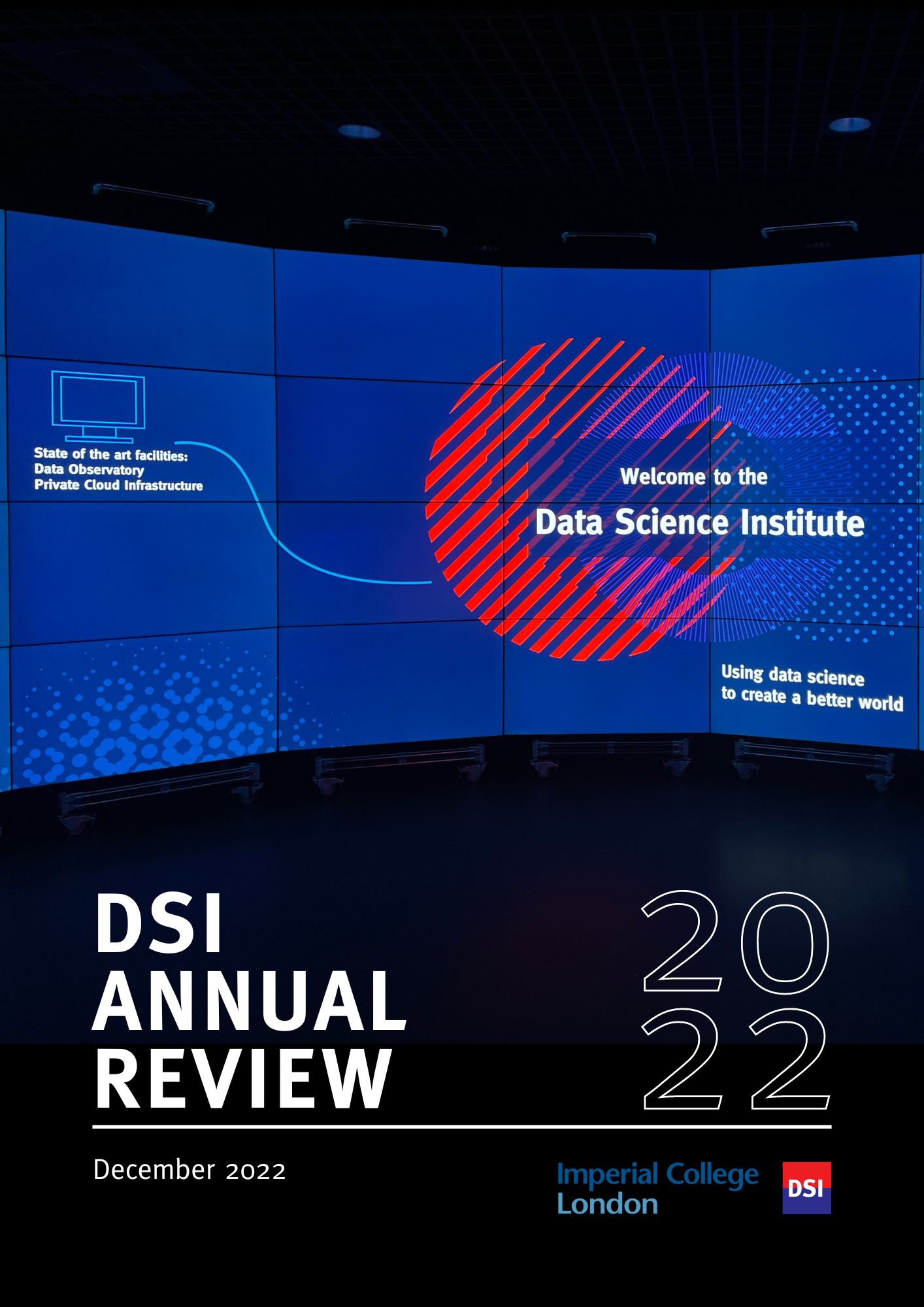BibTex format
@inproceedings{Tarroni:2018:10.1007/978-3-030-00928-1_31,
author = {Tarroni, G and Oktay, O and Sinclair, M and Bai, W and Schuh, A and Suzuki, H and de, Marvao A and O'Regan, D and Cook, S and Rueckert, D},
doi = {10.1007/978-3-030-00928-1_31},
pages = {268--276},
publisher = {SPRINGER INTERNATIONAL PUBLISHING AG},
title = {A comprehensive approach for learning-based fully-automated inter-slice motion correction for short-axis cine cardiac MR image stacks},
url = {http://dx.doi.org/10.1007/978-3-030-00928-1_31},
year = {2018}
}

